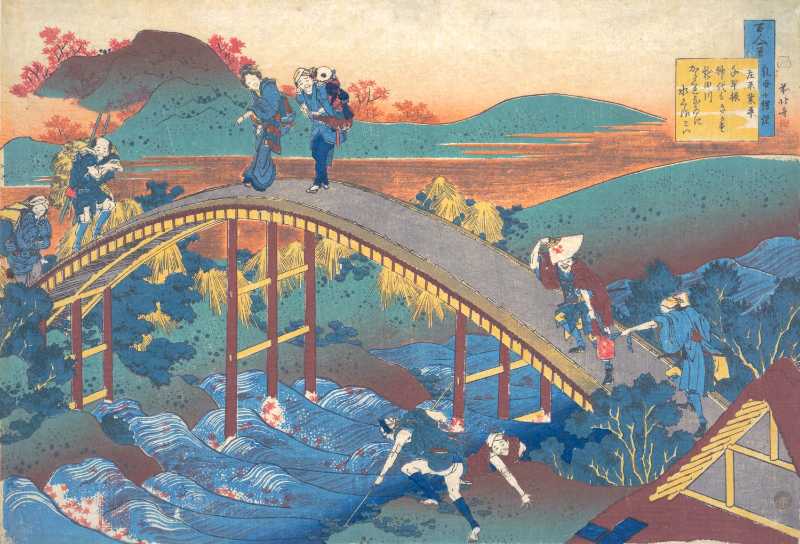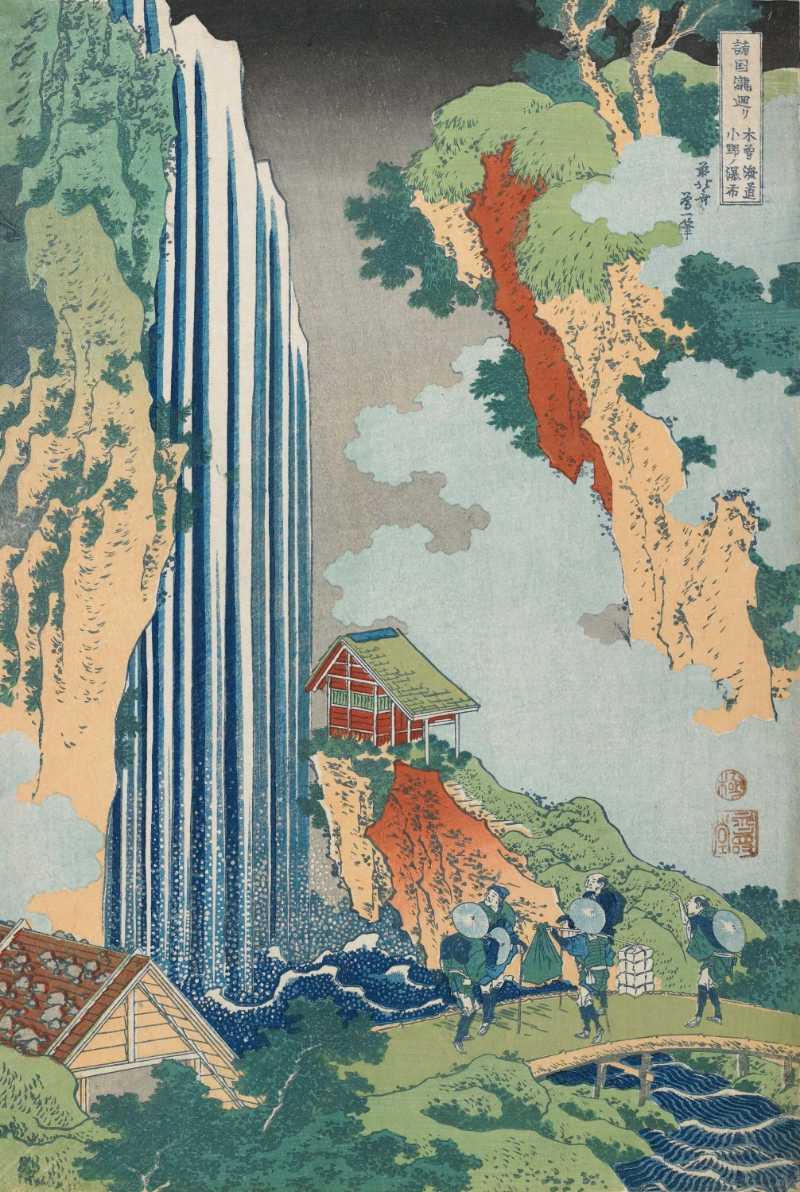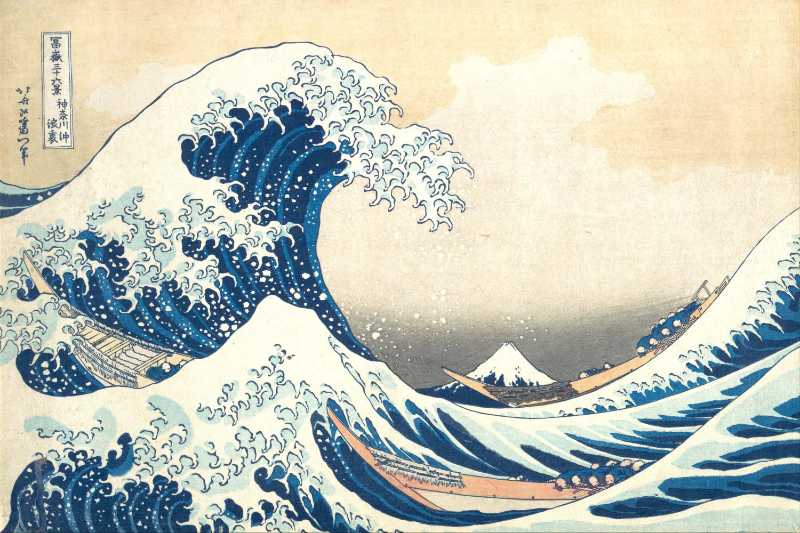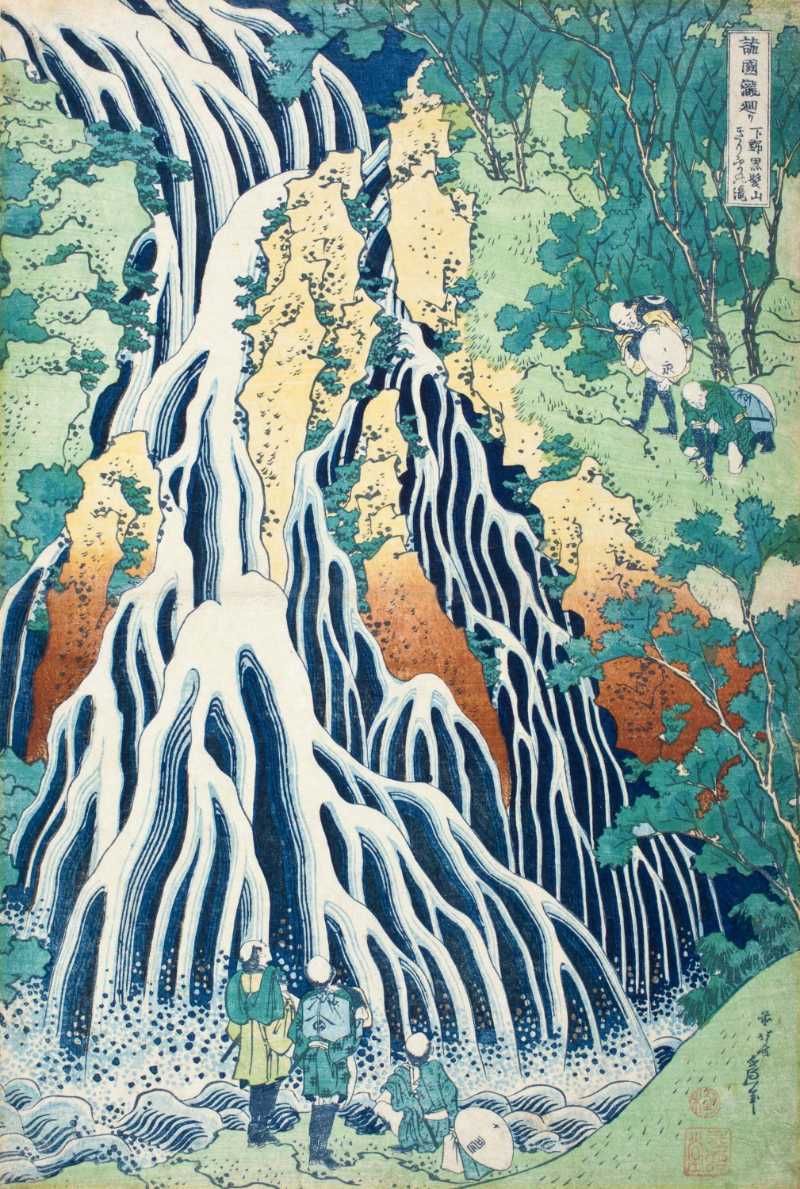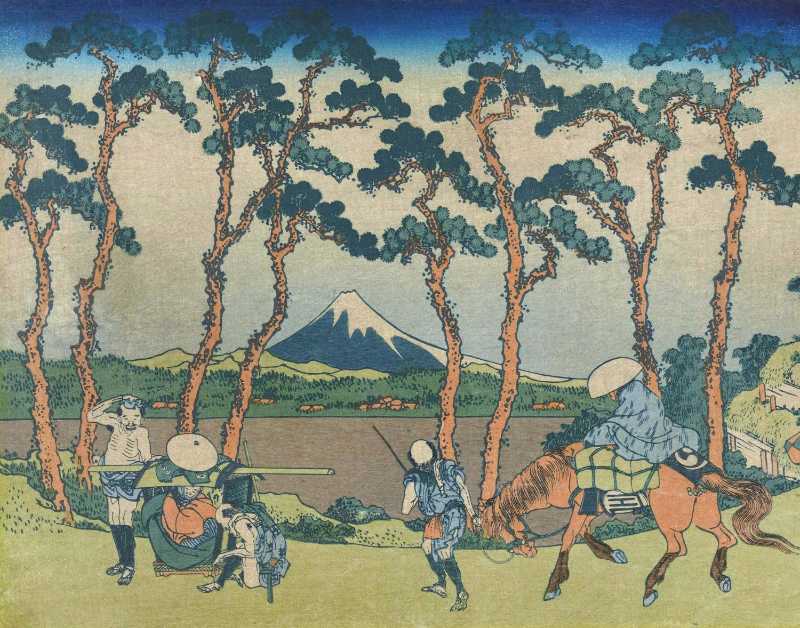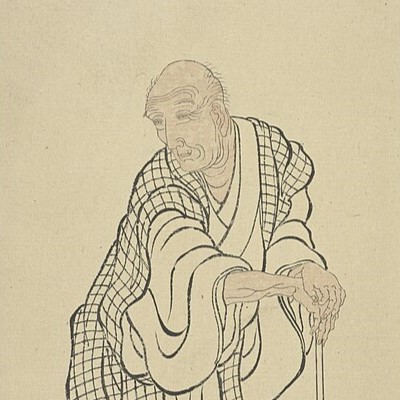
Katsushika Hokusai
Katsushika Hokusai, a pivotal figure in Japanese art, flourished during the Edo period, from 1760 to 1849. Born in Edo, present-day Tokyo, his life was marked by an unwavering dedication to artistic exploration. He famously changed his artist names throughout his long career, reflecting his constant evolution as an artist.
His most celebrated work "Thirty-Six Views of Mount Fuji," which includes the globally recognized "The Great Wave off Kanagawa," revolutionized ukiyo-e woodblock prints. Unlike his predecessors, Hokusai expanded the genre's subject matter beyond traditional depictions of courtesans and actors, embracing landscapes, nature, and scenes of everyday life. His "Hokusai Manga" is a collection of diverse sketches that further exemplifies his exceptional versatility and skill.
Hokusai's artistic innovations, particularly his masterful use of perspective and color, significantly impacted Western art in the late 19th century, influencing the Impressionist and Art Nouveau movements. Consequently, he is rightfully regarded as one of Japan's most influential and important artists, whose works continue to resonate with audiences worldwide.
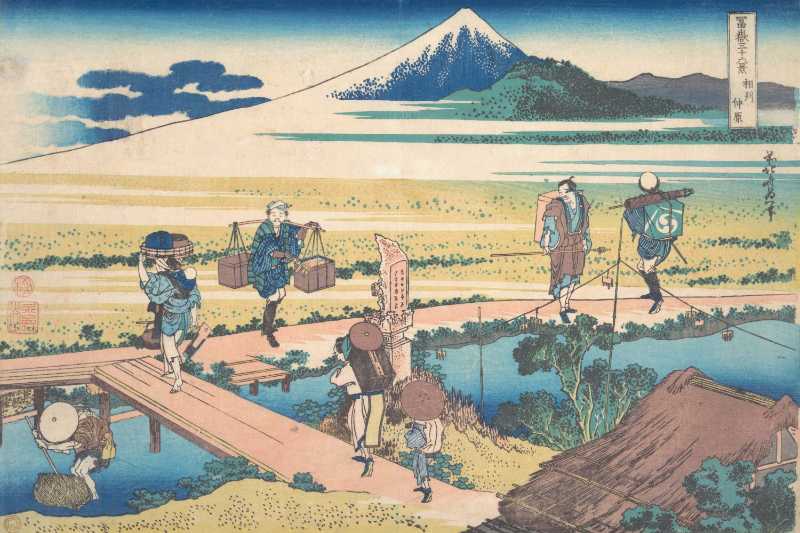
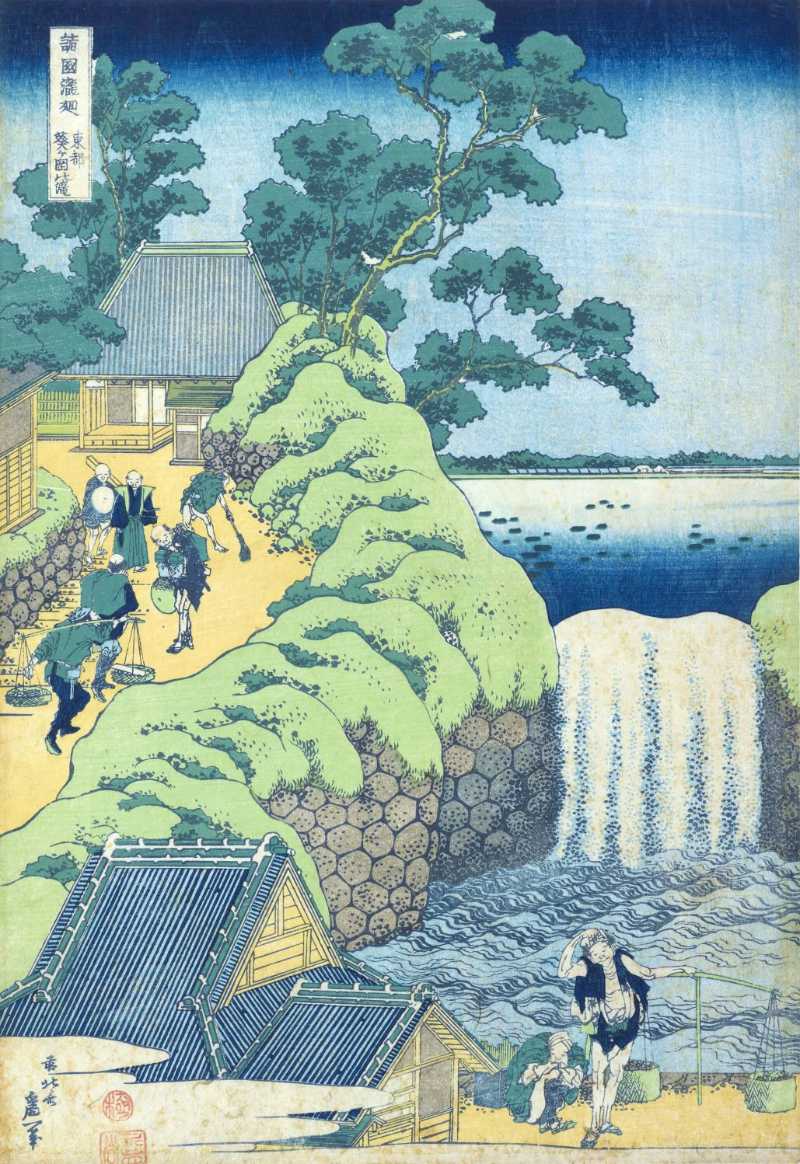
,_also_known_as_Red_Fuji_800.jpg)
